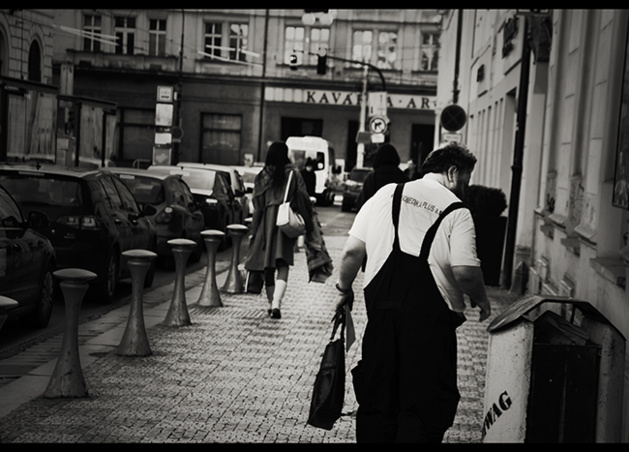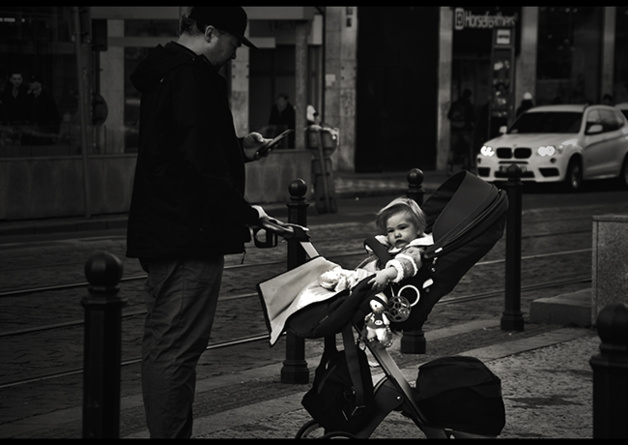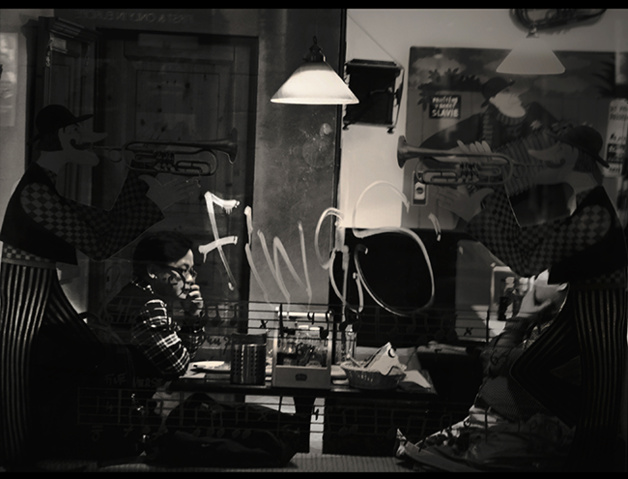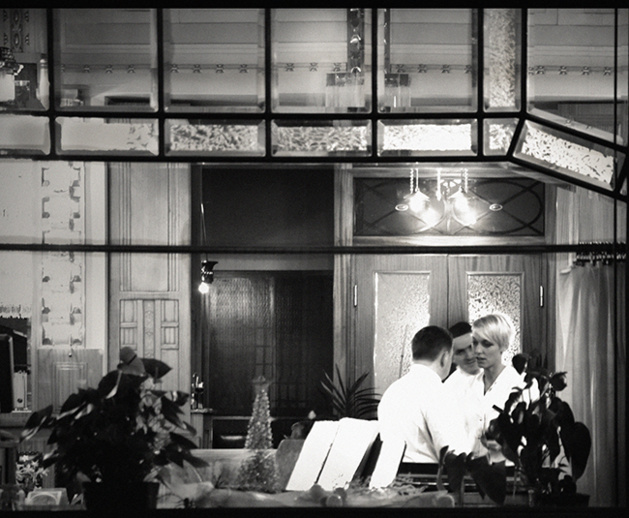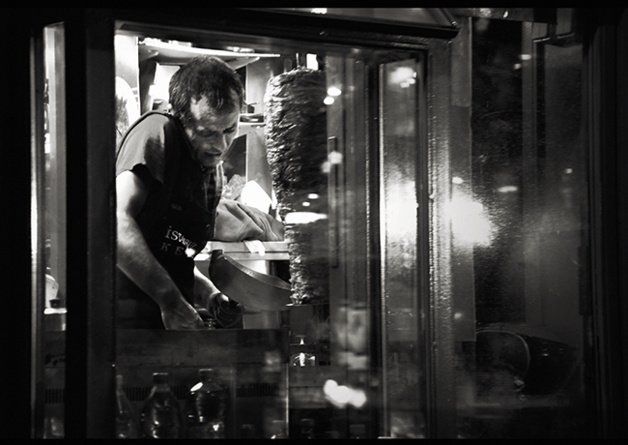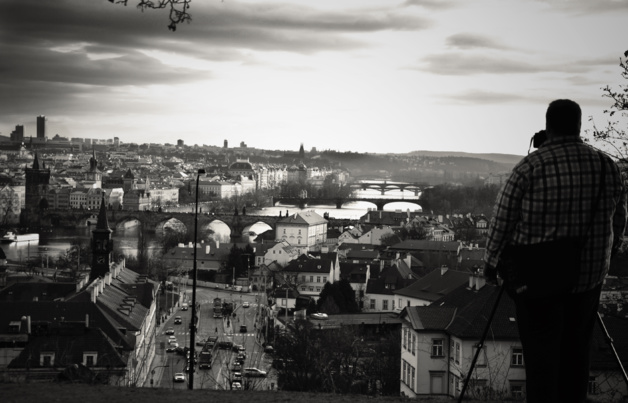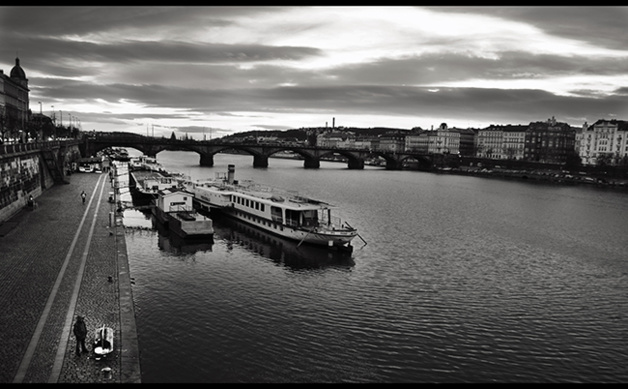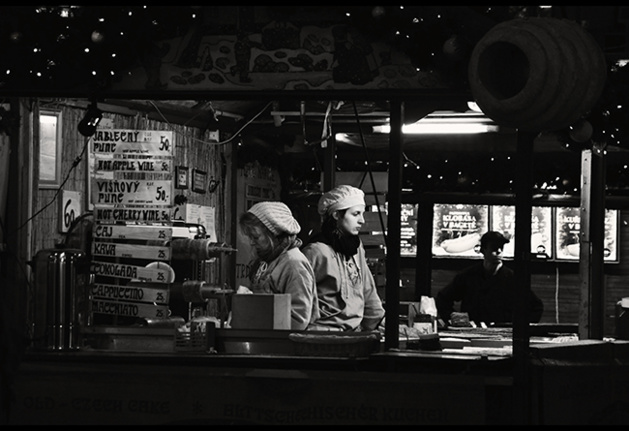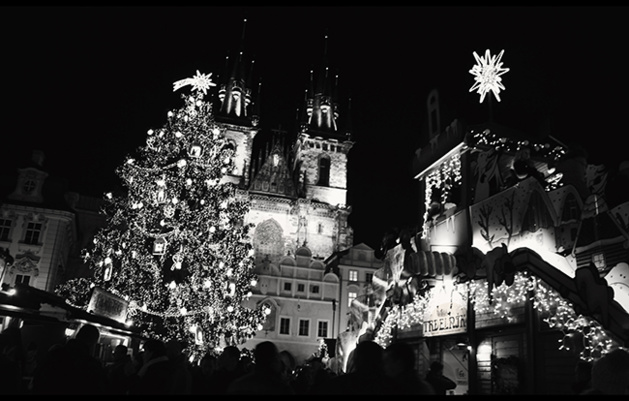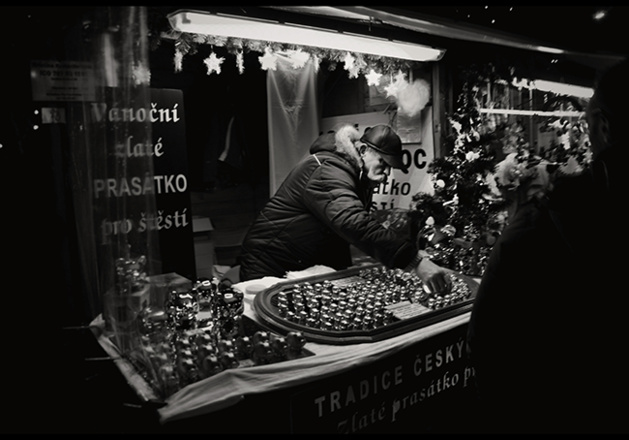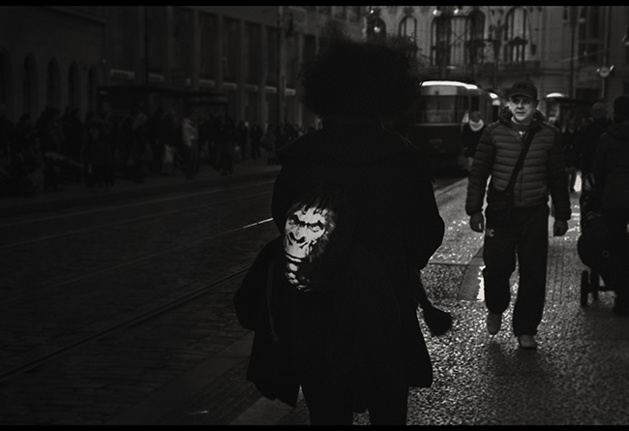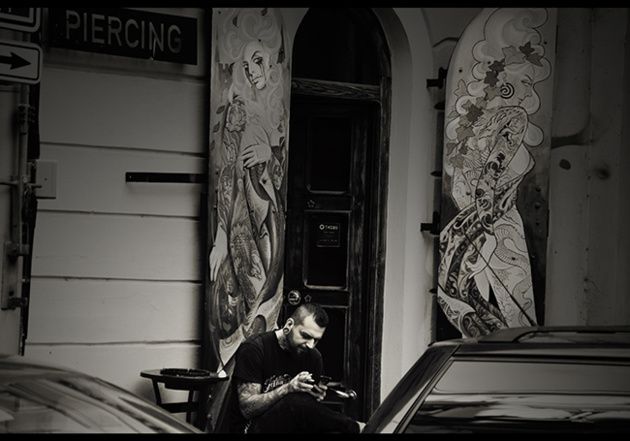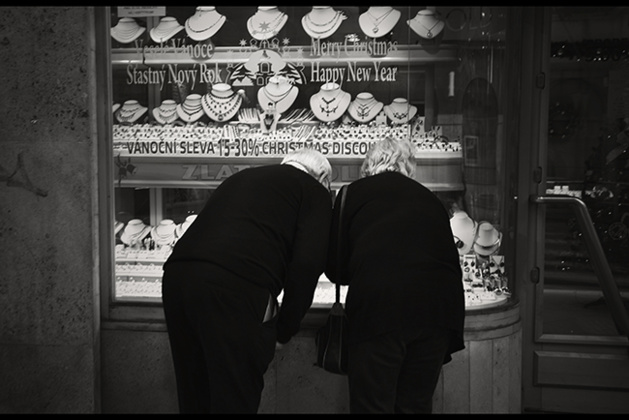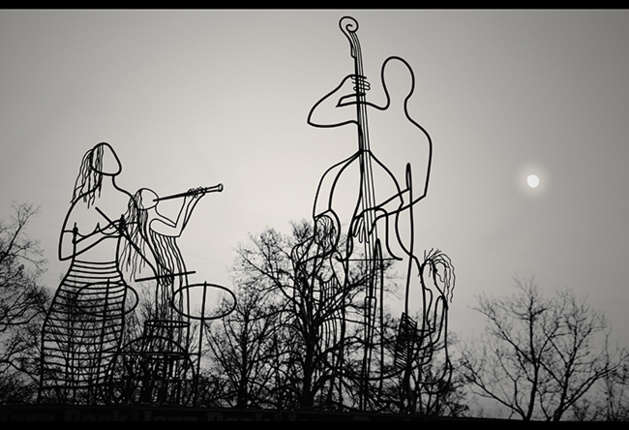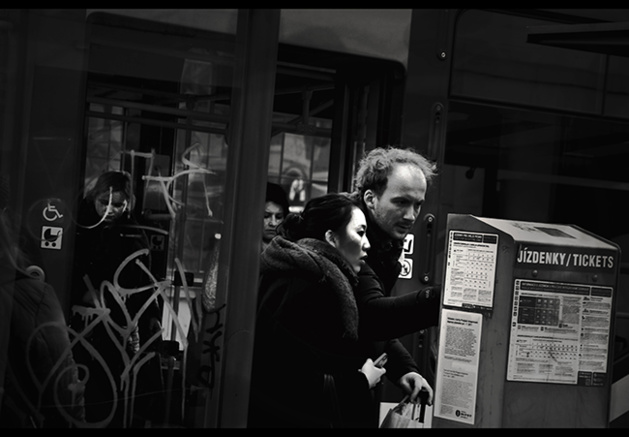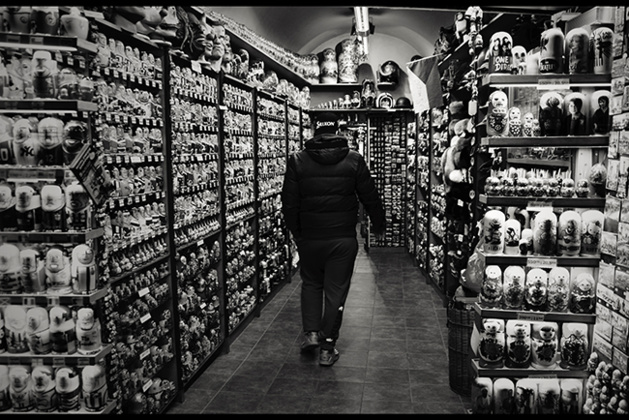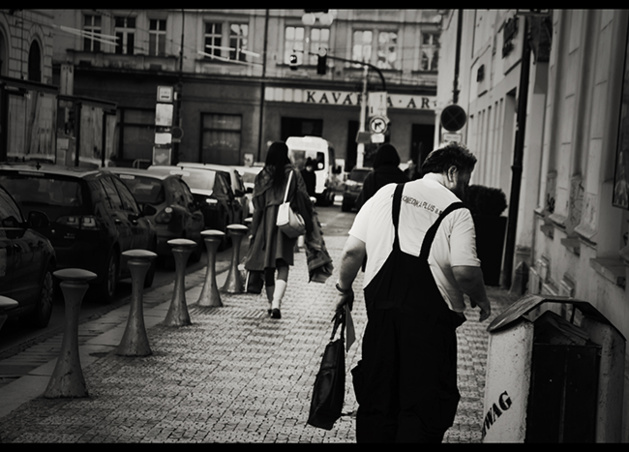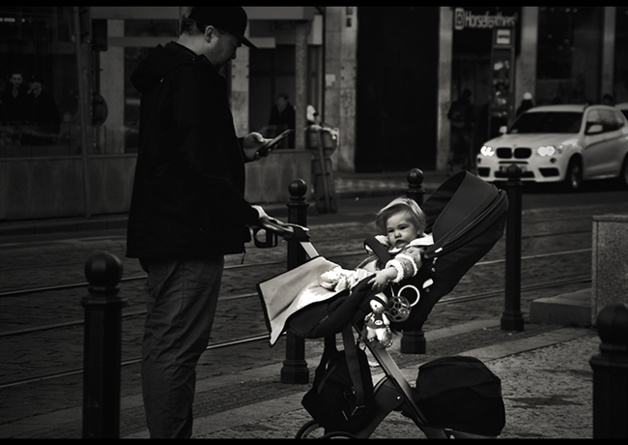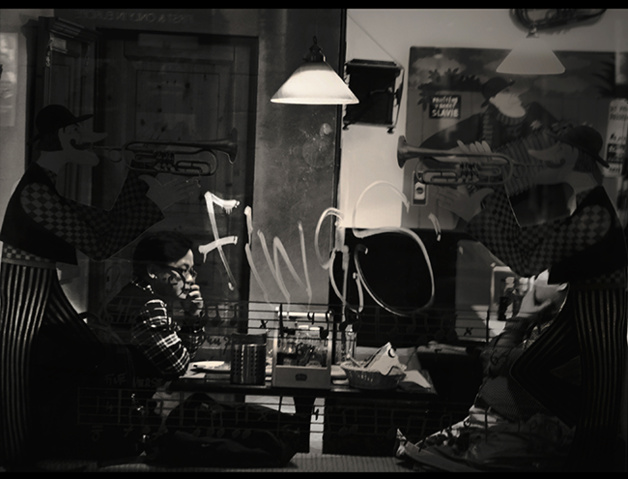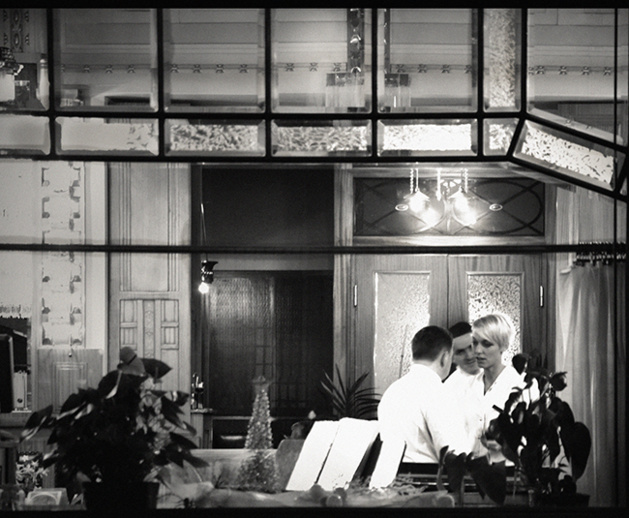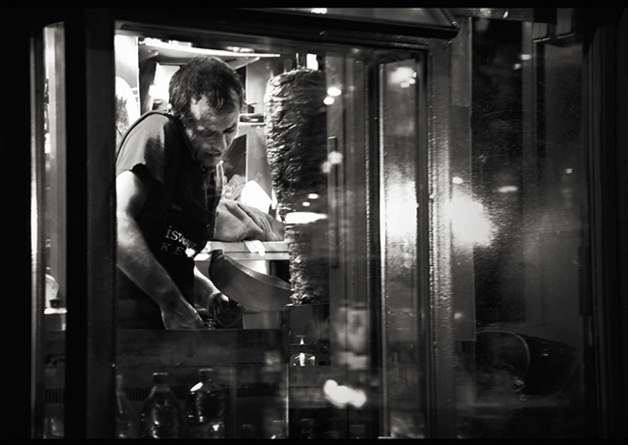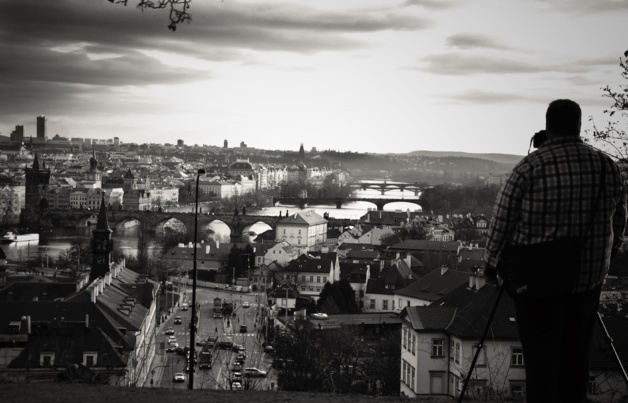
Prague, the capital of the Czech Republic since gaining independence in 1918, has occupied an important position in the history of Central Europe throughout the 20th century. The city has undergone a wide range of circumstances in contemporary history; from third reich occupation in World War II, rebellion in the Prague Spring in 1968, and most recently the Velvet Revolution of 1990 which forever changed both the country and the city.
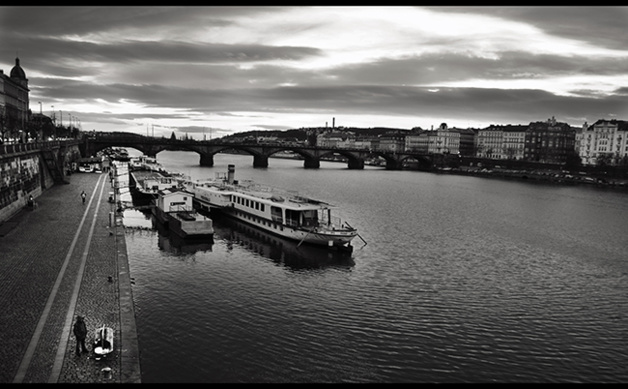
Nicknamed ‘the magical capital of Europe’ by the poet André Breton, Prague enjoys a global reputation for its cultural heritage, and has been recognised since 1992 as a Unesco World Heritage site. In the old town (Staré Město), which was almost completely spared from damage during the Second World War, several architectural styles have been preserved and their origins range over Czech history. Henceforth, Baroque, Gothic and Romance art styles are reflected in the city’s architecture. The famous castle (Pražský hrad) and the Saint-Guy Cathedral overlook the old town while newer bridges, of which the most famous is the Charles Bridge, stretch across the Vltava River and unite its colourful banks. The city is a real ‘open air museum’, with its numerous hill areas and its otherworldly charm, attracts an international population.
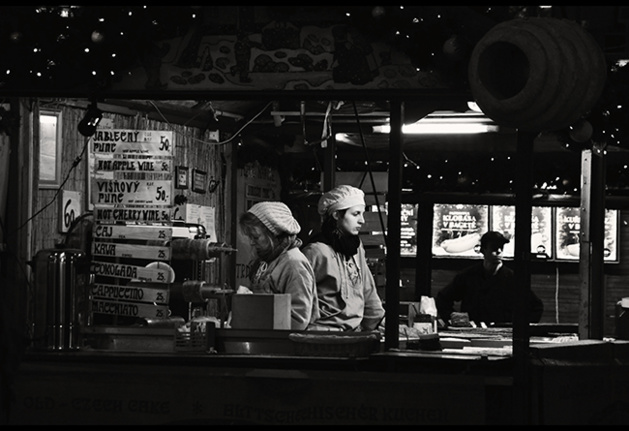
25th December 2015: the streets of Prague are full of tourists and Christmas market stalls. Among the lit-up Christmas trees, holiday-makers mix with locals to share mulled wine and Trdelniks (a hollow brioche-like pastry which is spit-roasted) for 60 korunas, the equivalent of £1.50/$2. Between stalls selling food, market sellers set out their booths overflowing with puppets and wooden dolls, in fabric or sculpted from artisan material.
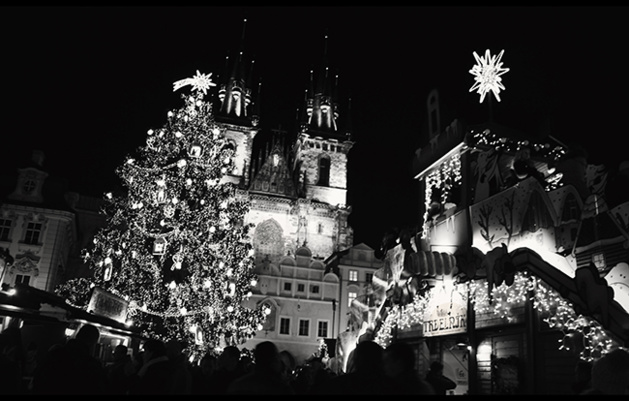
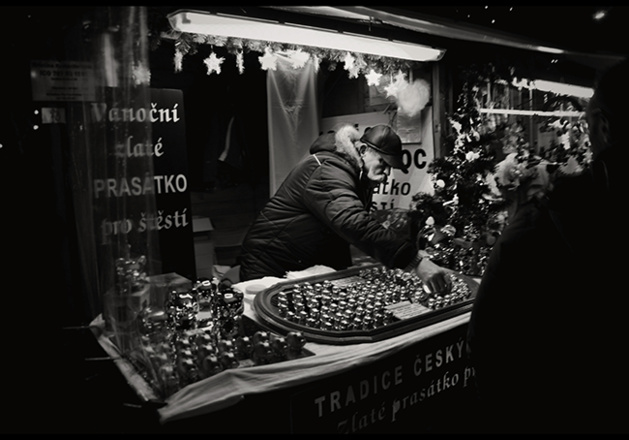
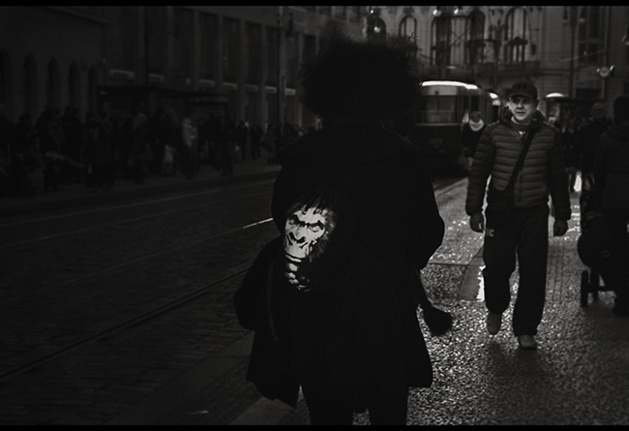
The city attracts many international students, in particular thanks to its highly respected film school, the FAMU. Two of its students, Nader Chalhoub, from Lebanon, and Clémence Arrivée, from France, share their experiences of student life in Prague.
For Nader, “it’s really the ultimate student city, there are many international students. Living here is not at all expensive compared with Western European countries or even with Lebanon. As a result, students generally feel very at home in this city and every night, wherever you go, you will meet more new international people. Unfortunately, I haven’t had much opportunity to rub shoulders with the Czechs, as at first sight they can seem a little unfriendly… But of course there are many exceptions!”
For Nader, “it’s really the ultimate student city, there are many international students. Living here is not at all expensive compared with Western European countries or even with Lebanon. As a result, students generally feel very at home in this city and every night, wherever you go, you will meet more new international people. Unfortunately, I haven’t had much opportunity to rub shoulders with the Czechs, as at first sight they can seem a little unfriendly… But of course there are many exceptions!”
These two students spend time in the most prominent areas of the capital that we do, areas such as Zizkov with its Vzorkovna bar, and Holesovice with the Cross Club, to those of Narodni Divadlo, Letna, and Krymska. A major appeal to Prague is its traditional pubs, of which there are many, Clémence describes the charm of the more traditional pubs: ‘They all have the same characteristics, pubs that are frozen in time with benches and wooden tables. You drink beer and play card games all night. During these nights you feel quite integrated into local life. Other than that I agree with Nader, we don’t end up mixing much with the locals.’
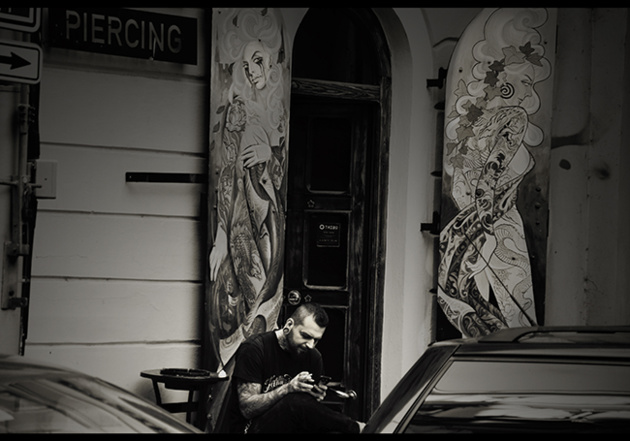
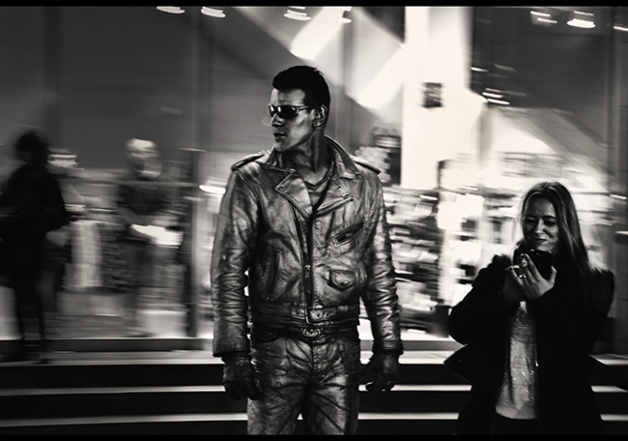
According to a study by a site called Eurostat, the Czech capital is ranked among the top 15 of European tourist destinations. Tourist numbers swell around Christmas time; their presence has direct consequences not only on the increasing number of Christmas markets but also on the cities’ landscape. As the Czech language is difficult to access for tourists, during the holiday season it language is widely replaced by Spanish, Italian, English or French in the streets.
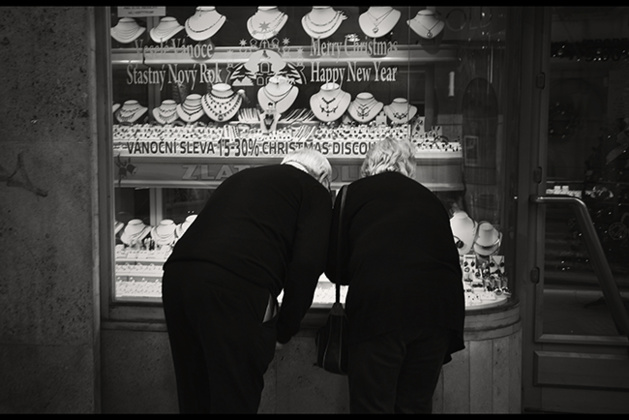
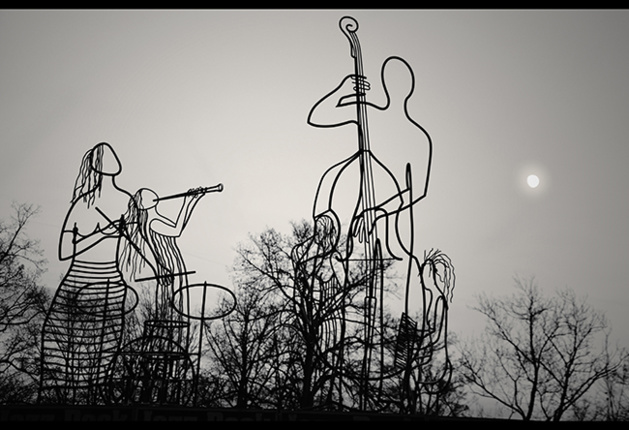
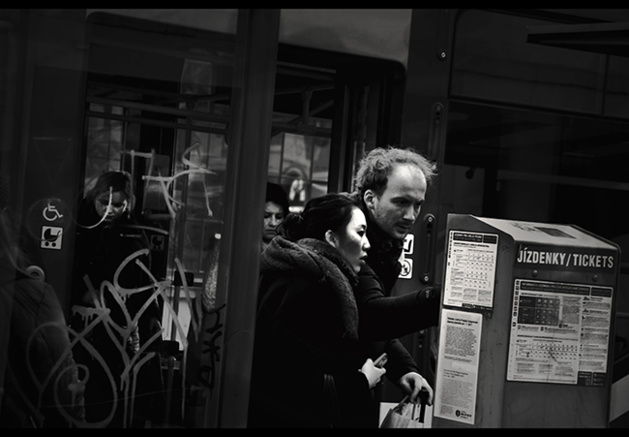
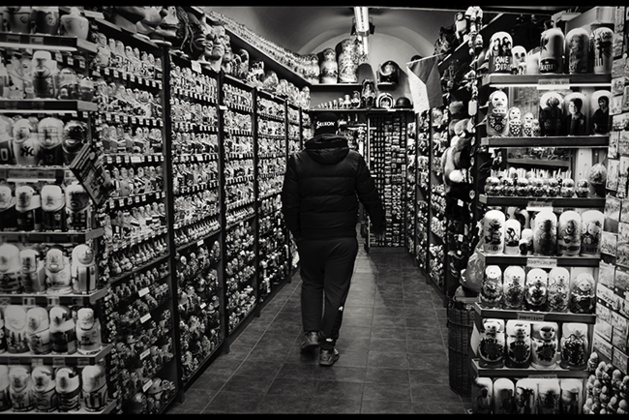
In the more residential areas of Prague, we find shops filled with shelves bursting with other hand-made objects most notably Russian dolls. Every week, sheltered away from the tourist-filled city centre, a huge market takes place in the outlying area of Kolbenova, which is ‘the biggest flea market in Europe’, according to the market’s website. When we questioned Nader about culinary traditions, he replies without hesitation: “The beer, of course!”, before elaborating on a city dotted with traditional restaurants offering delicacies such as Goulasch (pieces of meat in a special broth served with a kind of half-cooked dough), Vepřové koleno (pig’s knee), or Pikantni hermelin (baked camembert with garlic and peppers). These are unmissable. “In the bistros there is always a soup of the day. It costs very little and you have it with a beer and a slice of cumin bread”, explains Clémence.
